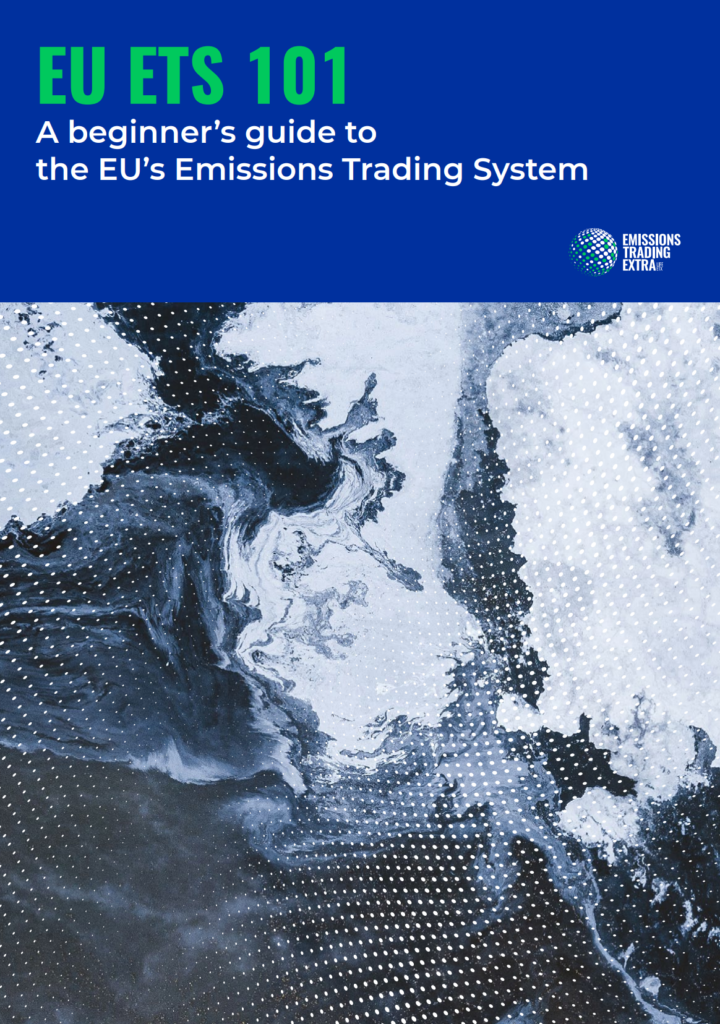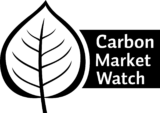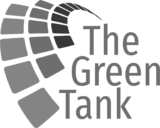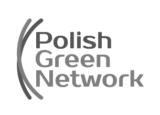EU ETS 101: A beginner’s guide to the EU’s Emissions Trading System

This beginner’s guide to the EU ETS aims to build knowledge and understanding of Europe’s carbon market for civil society organisations who have little or no prior experience with EU climate policies, especially in countries in the EU neighbourhood. It provides introductory knowledge on how the EU ETS is designed and how it functions. Increased awareness should ultimately empower civil society to get involved in the ETS process and advocate for an effective and fair European carbon market.
The EU Emissions Trading System (EU ETS) is often referred to as a cornerstone of EU climate policy. It aims to reduce emissions by pricing greenhouse gas (GHG) pollution from the power, industry and aviation sectors. It not only seeks to promote investments in emission reductions by making energy-intensive business as usual expensive, but it also offers a great opportunity for the EU to shift funding from polluting activities to climate action, innovation and energy sector modernisation. It covers over 10,400 industrial and power installations and approximately 350 airlines, across the 27 EU member states, Iceland, Norway and Liechtenstein (and there is a link with the Swiss ETS).
We can draw a number of valuable lessons from the performance and reforms of the EU’s Emissions Trading System to make the following recommendations:
- Having a carbon market is not an aim in itself. It should be aligned with EU climate goals and the Paris Agreement 1.5°C target,and help ensure that the EU delivers its fair share of climate action.
- When demand is low, supply should follow. Build in mechanisms to address any oversupply in the market, be it structural or due to unexpected shocks. Letting a large oversupply accumulate over time depresses prices and undermines the polluter pays principle, delaying climate action. The EU ETS currently has approx. 1,6 billion surplus pollution permits. This oversupply has been addressed since 2018 by the Market Stability Reserve, but too slowly, especially considering that additional sources of oversupply loom on the horizon, such as the German coal and lignite phase out.
- Don’t undermine the polluter pays principle by granting free pollution permits, allowing for the use of international offset credits or finding ways to subsidise polluters through the backdoor. Free allocation of pollution allowances under the EU ETS has cause demissions from industrial sectors to remain stagnant or decrease very slowly, while aviation emissions are still skyrocketing,if we exclude the temporary effects of the COVID-19 pandemic.
- Revenues from selling pollution permits should all be invested in climate action and in supporting a just transition to a climate-neutral society and economy. In the EU, that is currently not the case at all.










